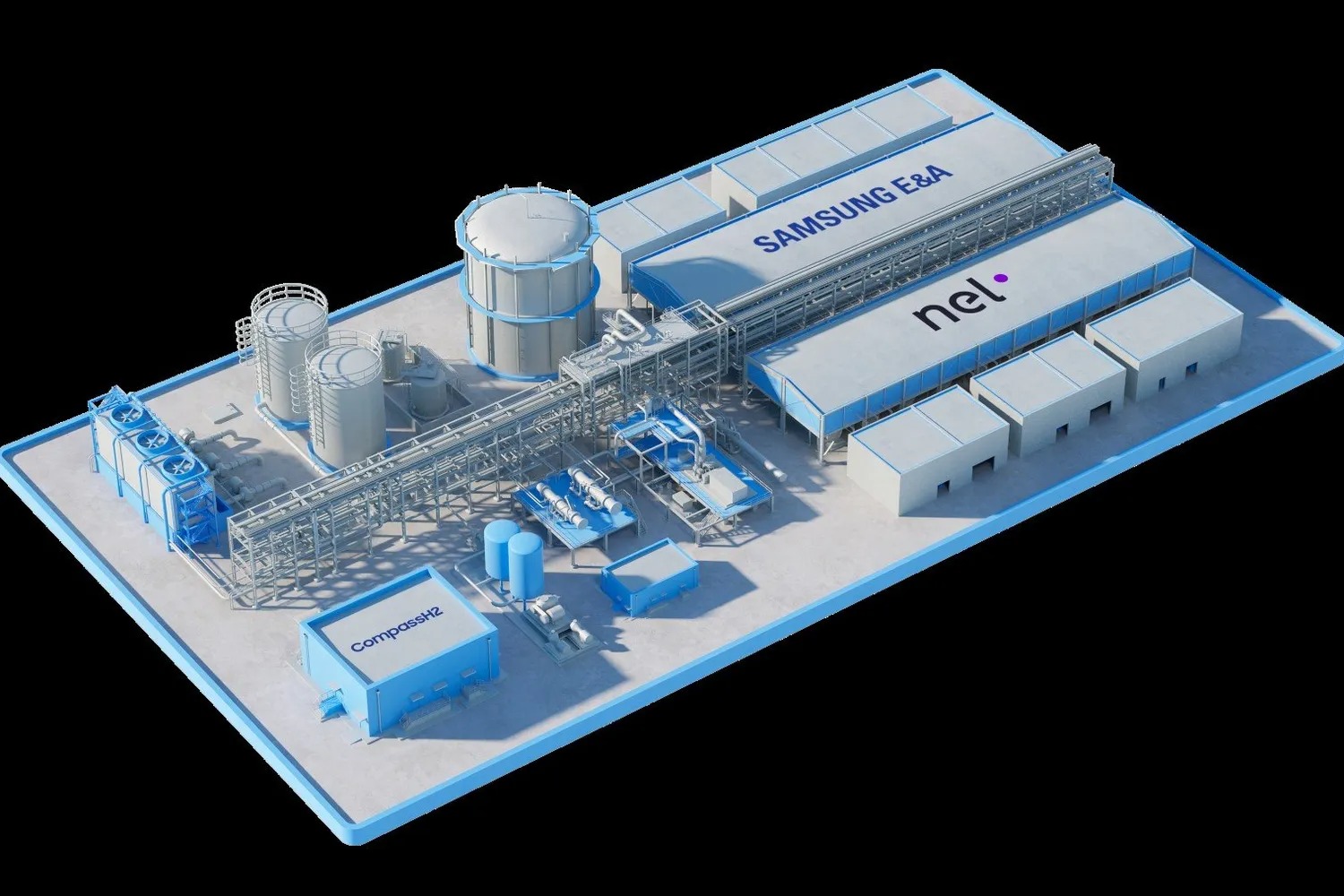South Korea’s Hydrogen Train: A Leap Forward in Clean Transport

South Korea is set to revolutionise rail transport with the launch of its Hydrogen Train by 2028, aiming to secure a competitive edge in the global hydrogen rail market, which is projected to reach $26.4 billion by 2035.
The $23 million project, led by Korail, will develop a two-car hydrogen train by 2027, alongside the necessary legal and operational infrastructure to establish international standards in hydrogen-based mobility.
Efficiency and Long-Range Capabilities
The Hydrogen Train will utilise fuel cell technology and distributed traction, allowing it to reach speeds of 150 km/h and travel over 600 km on a single charge, with a peak power output of 1.2 MW. Its energy efficiency is expected to be twice that of diesel trains, eliminating the need for electrification, which currently accounts for 18% of standard double-track line costs.
Hydrogen Rail Technology Gains Momentum
South Korea’s commitment to hydrogen-powered rail transport is reinforced by Hyundai Rotem’s major order for 34 H2 hydrogen trams from Daejeon, with deliveries scheduled between 2026 and 2028. These investments signal South Korea’s ambition to become a global leader in clean transportation.
What This Means for Hydrogen Transport
The introduction of hydrogen trains marks a significant shift in sustainable mobility, with far-reaching implications for hydrogen transport worldwide:
- Expansion of Hydrogen Infrastructure: South Korea’s hydrogen train project will drive the development of hydrogen refueling stations and storage facilities, making hydrogen more accessible for other transport sectors, including buses, trucks, and ships.
- Reduced Dependence on Electrification: Unlike traditional electric trains, hydrogen-powered rail does not require overhead power lines, making it ideal for non-electrified routes and remote areas where infrastructure costs are prohibitive.
- Global Adoption of Hydrogen Rail: South Korea’s advancements could set a precedent for international hydrogen rail networks, encouraging other nations to invest in hydrogen-powered transport solutions.
- Integration with Other Hydrogen Transport Modes: Hydrogen trains could complement hydrogen-powered buses, trucks, and ships, creating a multi-modal hydrogen transport ecosystem that reduces carbon emissions across various industries.
South Korea’s hydrogen train initiative is more than just a technological breakthrough – it’s a blueprint for the future of hydrogen transport, paving the way for cleaner, more efficient mobility solutions worldwide.

